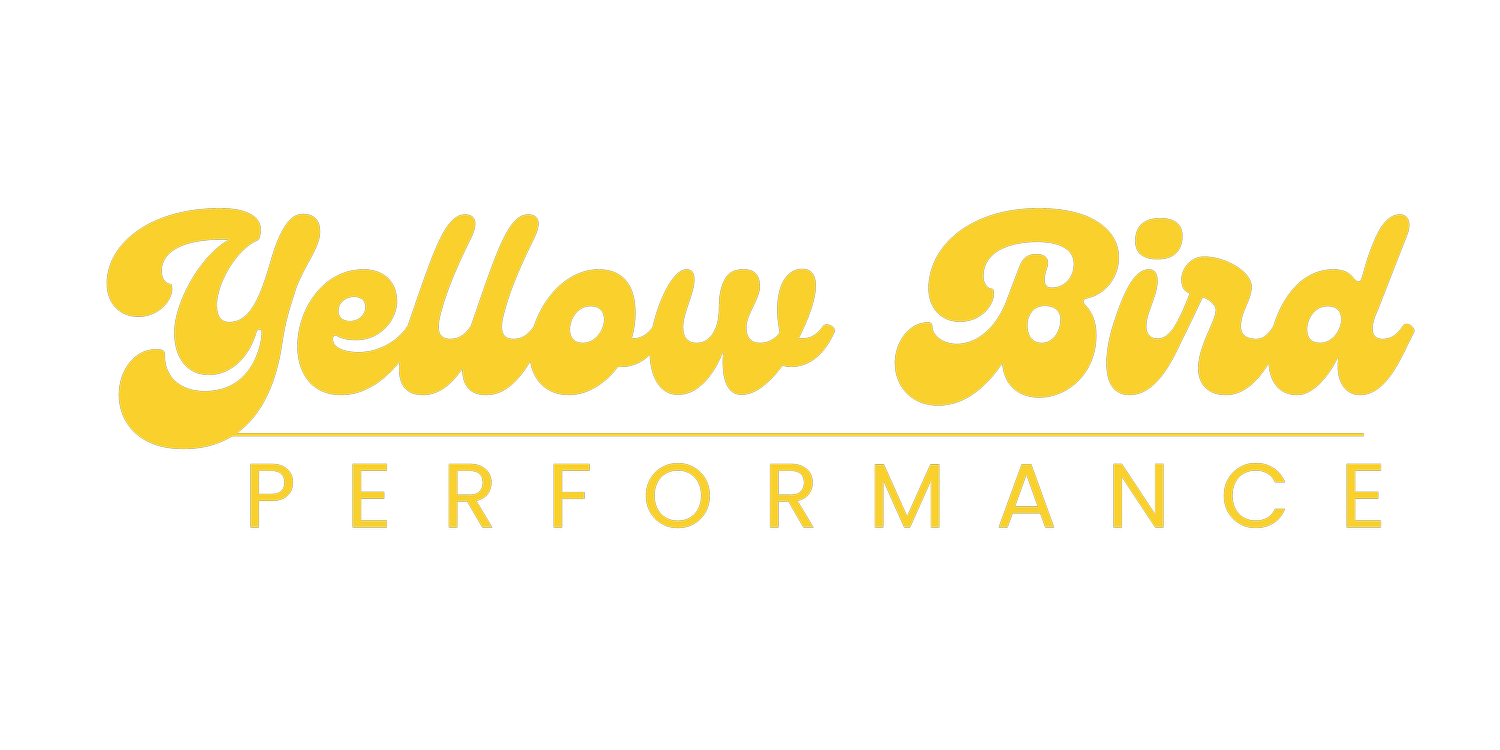The Hidden Cost of Standing Still
In the Home & Gift sector, many businesses take pride in their heritage, sticking with tried-and-tested processes, long-standing customer relationships, and the same way of working year after year. At first glance, this stability feels safe. But in reality, what looks like consistency can actually be stagnation.
The retail landscape has never been more competitive or fast-moving. Consumer expectations evolve, technology advances, and retailers demand suppliers who can keep up. Businesses that resist change risk losing ground, not because their products aren’t good enough, but because their ways of working can’t keep pace.
Why Standing Still Costs More Than Change
Missed Opportunities
Retail buyers are constantly looking for agile, forward-thinking suppliers. They want partners who can respond quickly, offer innovation, and make doing business easy. If your systems are clunky, your brand looks outdated, or your ordering process isn’t seamless, buyers may pass you over, even if your product is strong.Inefficiency
Outdated processes aren’t just inconvenient, they’re expensive. Manual order tracking, unclear team roles, or reliance on spreadsheets might work when you’re small, but they quickly become bottlenecks as you grow. The hidden costs are wasted time, lost orders, and staff burnout.Risk
Competitors who embrace change — whether through rebranding, digital investment, or operational restructuring, gain a competitive edge. The longer you delay change, the harder it becomes to catch up. By the time you react, the market may have moved on.
Real-Life Scenarios
We’ve seen businesses in this sector struggle not because of product quality, but because they didn’t adapt in time:
A brand lost a key retail account because their ordering process wasn’t digital, forcing buyers to jump through hoops competitors had eliminated.
Another spent heavily on design but neglected internal operations, leading to missed lead times and reputational damage.
Others have clung to traditional sales models while competitors launched trade shops and CRMs, securing contracts that could have been theirs.
The Solution: Embracing a Culture of Change
Embedding change doesn’t mean tearing up your business model or losing what makes you unique. It means building a culture of review and improvement — regularly asking:
Are our processes still serving us, or are they slowing us down?
Are we making it easy for customers, both trade and consumer, to buy from us?
Do our brand and systems reflect the standards of the partners we want to work with?
Simple changes, like restructuring a team, implementing a CRM, or refining your sales funnel, can have a transformative impact.
Takeaway
In today’s market, change isn’t the risky option, standing still is. By embedding a culture of continuous improvement, Home & Gift businesses can stay agile, strengthen retail relationships, and unlock sustainable growth.
Your product may get you through the door, but your ability to adapt will keep you in the room.
